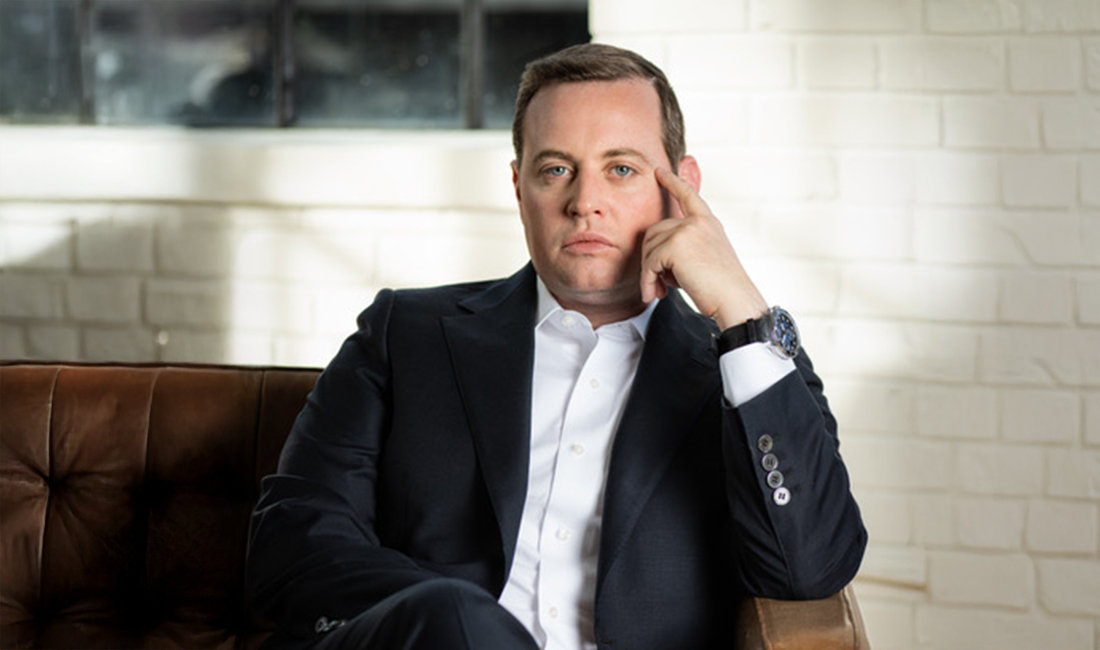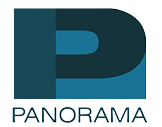
24 Jun Interview with Zev Mandelbaum, President & CEO of Altree Developments, Sint Maarten
What is the appeal for you as a property developer?
Sint Maarten is in a pivotal location — it’s at the center, surrounded by islands like Saba, St Kitts, St Barts and Anguilla. It welcomes 1.6 million cruise passengers annually and 1.4 million through Princess Juliana International Airport, which offers daily flights from major countries, including Canada via WestJet, Air Canada and Sunwing, as well as American Airlines from Miami. Its connectivity by air and sea is unmatched. Sint Maarten also has a top-tier fixed base operator for private jets — many park there nose-to-tail during December and January since St. Barts can’t accommodate them. It’s now a port of call for luxury cruise lines like Ritz-Carlton, attracting superyachts, mega yachts and high-end travelers. Yet many still move on to neighboring islands, overlooking Sint Maarten’s unique blend of natural beauty, vibrant culture and dual identity — half Dutch, half French.
On the Dutch side, it’s a stable, self-governed country within the Kingdom of the Netherlands, with strong legal and tax protections and legal ties to Amsterdam. Sint Maarten boasts 36 beaches, lush rainforest and stunning topography. It is home to IGY Marina in Simpson Bay — the only hurricane-protected bay in the region, ideal for servicing super and mega yachts. That is why vessels like Jeff Bezos’s and the late Steve Jobs’s yachts dock there. Unlike St. Barts, Sint Maarten offers world-class yachting infrastructure, attracting immense wealth during high season, on par with Monaco or Cannes. It’s a unique island where people from all income levels converge, creating a dynamic and diverse community.
Sint Maarten offers a vibrant, diverse culture with nightlife, music festivals and a mix of global influences you won’t find on more traditional islands. Unlike British territories with quieter, more uniform cultures, Sint Maarten is home to a rich blend of religions and communities, including Jewish roots dating back to the 1600s. It’s like having all of Europe on one island, creating a uniquely dynamic and inclusive atmosphere.
What makes Sint Maarten so special is its European flair, no import duties, world-class shopping and incredible food scene. It also offers endless experiences — one day in Anguilla, the next in St. Barts or Sint Eustatius. My family has been coming here since 1991 and the more time you spend, the deeper your connection grows. Until recently, there was no true five-star resort aside from the aging La Samanna. In 2017, we saw an opportunity to create something iconic at Indigo Bay. As a family deeply rooted in North American development, building a legacy hotel here felt deeply personal and meaningful.
Can you tell us more about Vie L’Ven?
Vie L’Ven — ‘Vie’ meaning life in French and ‘L’ven’ in Dutch — reflects the spirit of Sint Maarten: vibrant, full of energy and truly alive. Unlike other islands known for relaxation, Sint Maarten pulses with life and that’s what our hotel celebrates. A key feature is our dock, which offers a solution to the island’s biggest challenge:traffic. With Simpson Bay at the center, water transport could revolutionize mobility here. Our vision is to make water taxis a practical, beautiful alternative to road travel, connecting the airport to Indigo Bay in 25 scenic minutes. It’s not just luxury, it’s smart infrastructure that could unlock local jobs and ease congestion, all while enhancing the experience for residents and visitors alike. With direct water transfers from the airport, visitors can bypass traffic entirely, freeing up roads for locals, improving service logistics and enhancing the overall tourism experience. Solving congestion is a major economic boost, saving residents valuable time each day. By integrating bike lanes and water taxis, the island can reduce traffic, support local businesses and promote sustainability.
We have just completed major civil infrastructure focused on protecting the environment, such as redirecting drainage to prevent toxins from reaching the ocean and preserving beach quality. We are also building groins to protect coral reefs as part of a voluntary environmental impact assessment. Our runoff system ensures clean water flows from the mountains to the sea, minimizing sediment damage. In addition, we have set aside six acres for conservation, including a nursery that supplies vegetation for the hotel. Our long-term goal is to create a self-sustaining system powered increasingly by solar and energy-efficient solutions. Sustainability isn’t just environmental, it’s also about human resilience. That is why we are incorporating cisterns for clean water storage in case of natural disasters. We have also designed the resort with open-air hallways to reduce reliance on air conditioning and are using materials that withstand extreme weather. Indigo Bay is naturally protected by surrounding mountains and we are building with long-term durability in mind to minimize future damage and reconstruction impact.
Phase one of the hotel includes 205 units, with 145 for sale, ranging from $1 million to $5 million. The total project cost is over $400 million. The building is designed to withstand hurricanes, meeting Miami hurricane standards and going above and beyond with steel cables, concrete and non-combustible materials. Even temporary construction is built for permanence. From windows and shutters to AC systems, electrical and soft vegetation, everything is designed for durability and easy replenishment. The hotel will not only survive storms but also serve as a safe refuge for residents, with self-contained services to endure any calamity.
How would you describe the investment landscape in Sint Maarten and how would you invite foreign investors to not only consider your property, but also the surrounding area?
Sint Maarten, part of the Dutch Kingdom, benefits from a notary system that governs property transactions. The island’s property index, released for the first time this year, shows impressive year-over-year growth. If you invested between 2020 and 2025, you would have seen high double-digit returns, driven by significant infrastructure improvements. Property values are skyrocketing and the island’s visible growth — new buildings and restaurants — reflects its strong investment potential.
Sint Maarten offers a strong banking infrastructure with institutions like Orco Bank, Windward Islands Bank, Royal Bank of Canada and the Canadian Imperial Bank of Commerce making daily operations and investments smooth. Our family has heavily invested in the region and we are offering units for sale. Whether you are looking for residency, tourism or high-quality returns, it’s easy to get involved. You can visit our presentation gallery or contact our team for assistance with any investments.
How important is the Florida market for Sint Maarten and developments like yours, given its role as a key trade and travel partner?
Florida is crucial for many reasons. It’s the hub of hospitality development, with most architects, consultants and procurement based in Miami. From a logistics standpoint, Miami is key as the main port for goods and services to Sint Maarten and the West. Miami International Airport, a major hub, connects tourists from Europe to Sint Maarten, with three daily flights from American Airlines. Sint Maarten also benefits from being the largest port in the region, with goods from Miami distributed to surrounding islands, driving significant commerce.
What is your final message about Sint Maarten?
Size doesn’t always matter; it’s the quality and rarity that count. Just like a small, well-cut diamond can be more valuable than a large one, Sint Maarten may be small, but its impact and uniqueness are remarkable. It’s a hidden gem and experiencing it for yourself is like discovering a world wonder.


Sorry, the comment form is closed at this time.